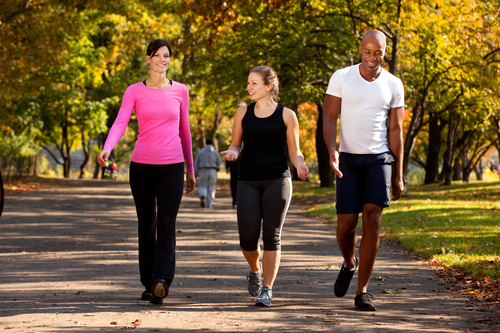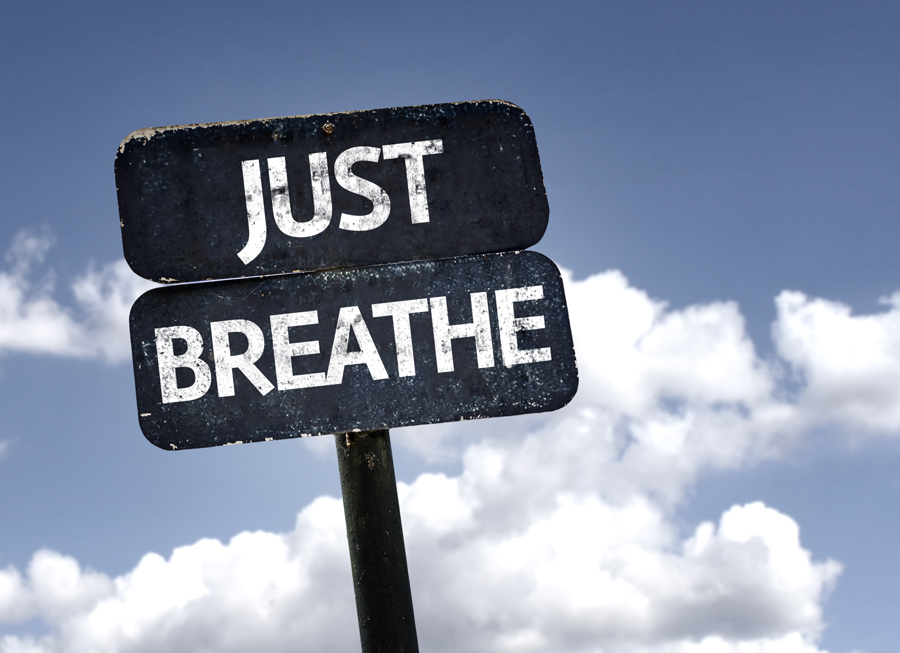The PHIT Act: Insurance Reimbursement for Fitness Trainers?
 The PHIT Act (Personal Health Investment Today) H.R. 1218 (U.S. House of Representatives) & S.2218 (U.S. Senate) is pending legislation that expands the IRS definition of a medical expense to include physical activity as a form of prevention. The practical impact of this definitional change would allow consumers to use their pre-tax medical accounts (HSAs & FSAs) on physical activity expenses to promote healthy lifestyles. The PHIT Act is an innovative concept that helps address two major Congressional concerns: (1) rising health care costs (2) the budget deficit. The rise in sedentary lifestyles is a major contributor to higher obesity rates and an increased incidence of expensive, preventable chronic illnesses. The PHIT Act will help reverse the ‘Inactivity Pandemic’ by providing an economic incentive to invest in physical activity. If enacted, physical activity expenses could be reimbursed using money in pre-tax medical accounts.
The PHIT Act (Personal Health Investment Today) H.R. 1218 (U.S. House of Representatives) & S.2218 (U.S. Senate) is pending legislation that expands the IRS definition of a medical expense to include physical activity as a form of prevention. The practical impact of this definitional change would allow consumers to use their pre-tax medical accounts (HSAs & FSAs) on physical activity expenses to promote healthy lifestyles. The PHIT Act is an innovative concept that helps address two major Congressional concerns: (1) rising health care costs (2) the budget deficit. The rise in sedentary lifestyles is a major contributor to higher obesity rates and an increased incidence of expensive, preventable chronic illnesses. The PHIT Act will help reverse the ‘Inactivity Pandemic’ by providing an economic incentive to invest in physical activity. If enacted, physical activity expenses could be reimbursed using money in pre-tax medical accounts.
THE PHIT ACT: GREAT FOR THE FITNESS INDUSTRY
With nearly 82 million Americans who are physically inactive, working out in a health club, attending a group fitness class, or hiring a personal fitness trainer are three ways that Americans of all ages can get off the couch and moving.
“The best way to address our health care crisis is to improve health through exercise and physical activity,” says Tom Cove, president/CEO, Sports & Fitness Industry Association (Silver Spring, MD). “Being a member of a health club can be a great way to stay physically active for a lifelong physical activity that can make a difference in the health of Americans. The PHIT Act will encourage increased participation in fitness activities.”
To encourage your local Congressman and two U.S. Senators to pass the PHIT (Personal Health Investment Today) Act, PHIT America has created an electronic letter on its website (PHITAmerica.org) which can be sent to members of Congress on Capitol Hill, asking them to co-sponsor and support the PHIT Act.
 HOW WOULD THE PHIT ACT WORK?
HOW WOULD THE PHIT ACT WORK?
Currently, pre-tax medical accounts are primarily used for reimbursement of medical expenses once you become sick. The PHIT Act would allow taxpayers to place up to $2,000 a year in existing pre-tax medical accounts for reimbursement of physical activity expenses.
By attaching a financial incentive to a physically active lifestyle, it will result in improving the health of all Americans. The PHIT Act will put prevention in our health care system and increase spending in the fitness industry.
“The PHIT Act would allow funds to be applied to most fitness expenses, such as fitness equipment purchases (treadmills, elliptical machines, stationary bikes), health club memberships, group fitness classes, and fees for personal fitness trainers,” says Jim Baugh, founder, PHIT America, the non-profit cause working to get the PHIT Act passed.
The PHIT Act will also cover physical activity expenses such as sports league registration fees; pay-to-play fees;entry fees for 5K runs, triathlons, & marathons; and sport-specific equipment purchases such as golf clubs, baseball bats, soccer cleats, basketballs, and protective gear for baseball, football, and ice hockey.

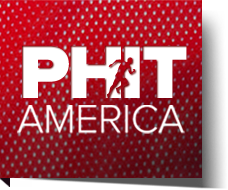

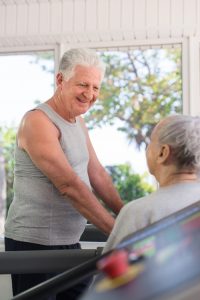

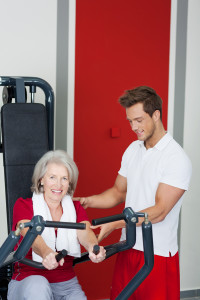 In summary
In summary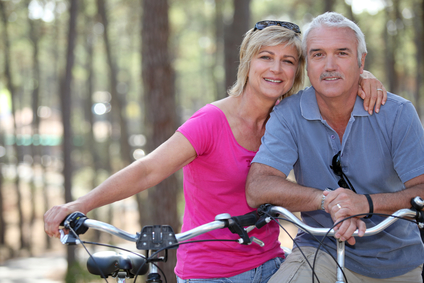

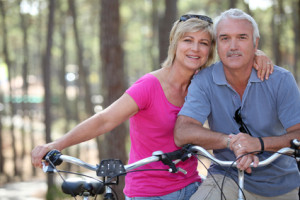
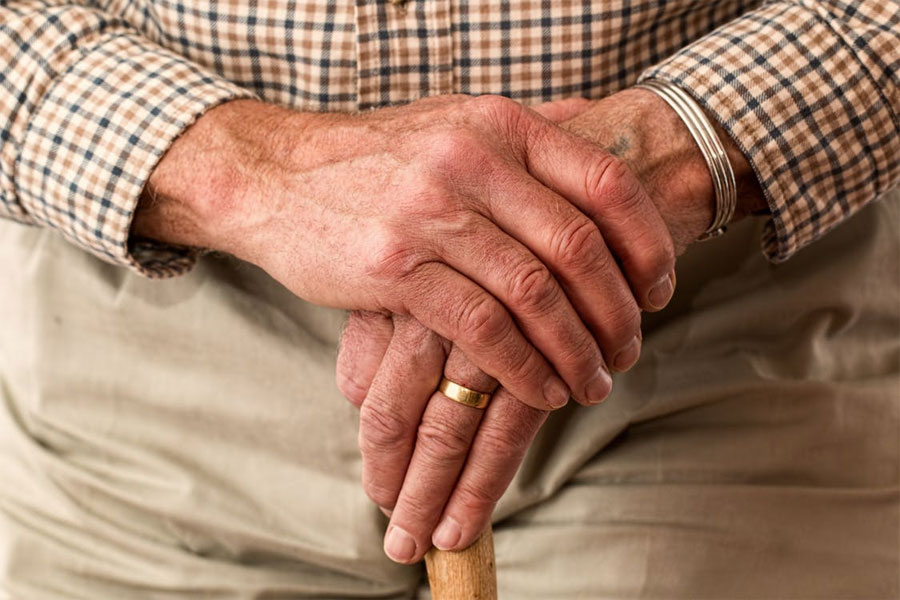
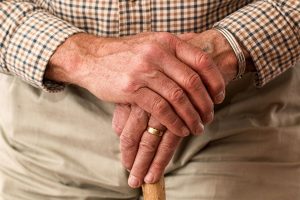 I am not concerned with entering into the conversation about who is elderly, or these new hip ideas about saying 100 years young (this expression can be equally oppressive as the objectification of “the elderly”).
I am not concerned with entering into the conversation about who is elderly, or these new hip ideas about saying 100 years young (this expression can be equally oppressive as the objectification of “the elderly”). As well-intentioned measures are created to protect people who are elderly from abuse, flu and fraud, sometimes these very policies further objectify the people they are intending to help. Headlines read: “How to care for the elderly” Really? There’s a one-size-fits-all approach for caring? I didn’t realize all members of the elderly needed caring for. According to Education First, world leaders in International Education since 1965,“Use the [emphasis in original] with adjectives to refer to a whole group of people.” One of three examples given on their website is: “The elderly require special attention”. How would our world be if we offered special attention to everyone?
As well-intentioned measures are created to protect people who are elderly from abuse, flu and fraud, sometimes these very policies further objectify the people they are intending to help. Headlines read: “How to care for the elderly” Really? There’s a one-size-fits-all approach for caring? I didn’t realize all members of the elderly needed caring for. According to Education First, world leaders in International Education since 1965,“Use the [emphasis in original] with adjectives to refer to a whole group of people.” One of three examples given on their website is: “The elderly require special attention”. How would our world be if we offered special attention to everyone?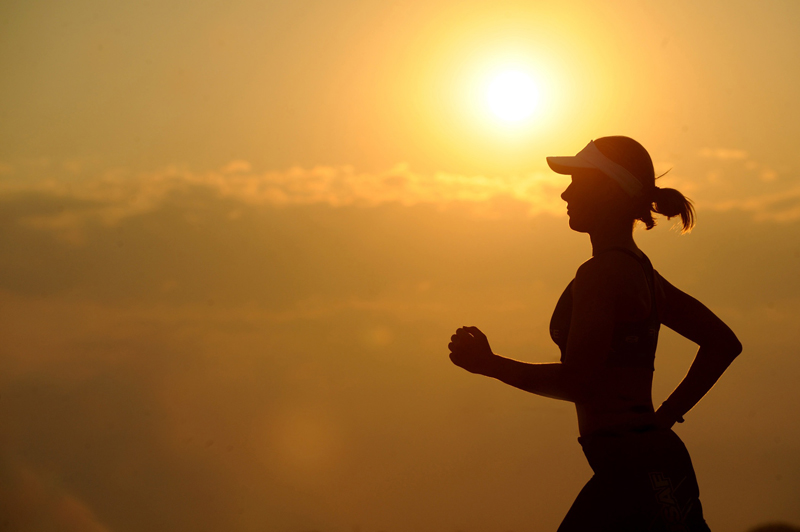
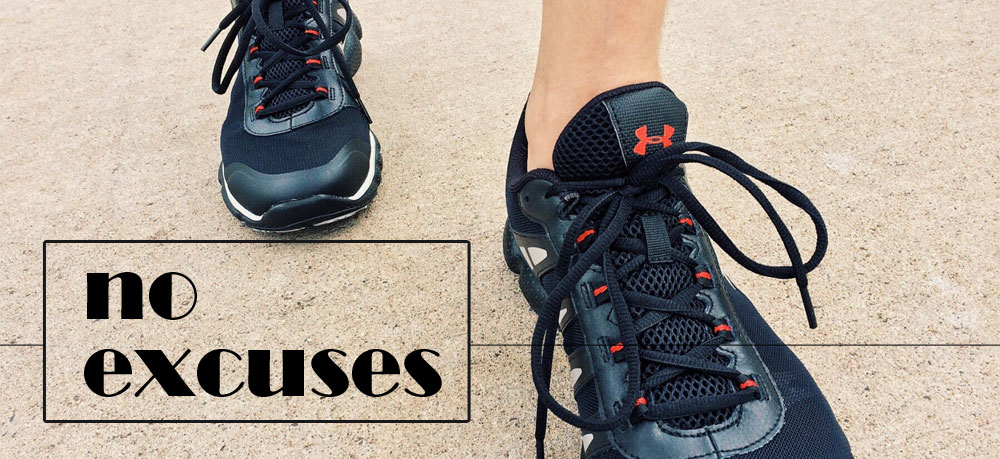
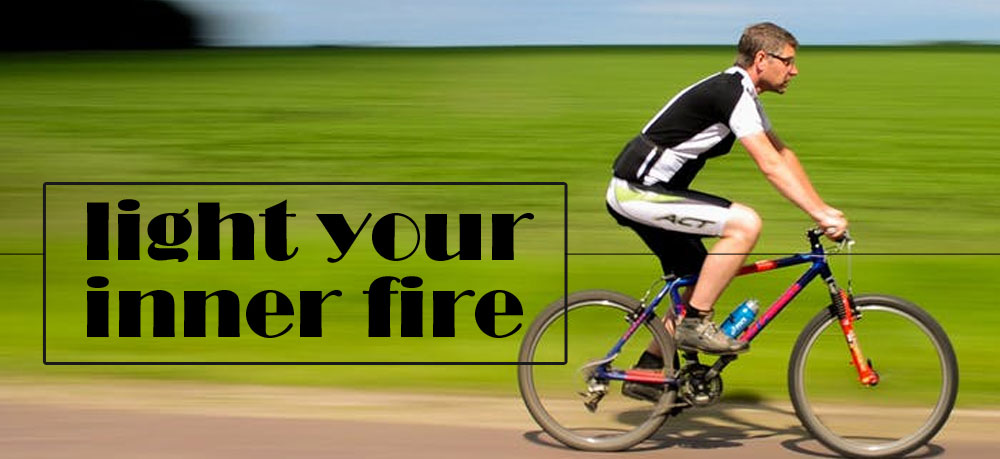
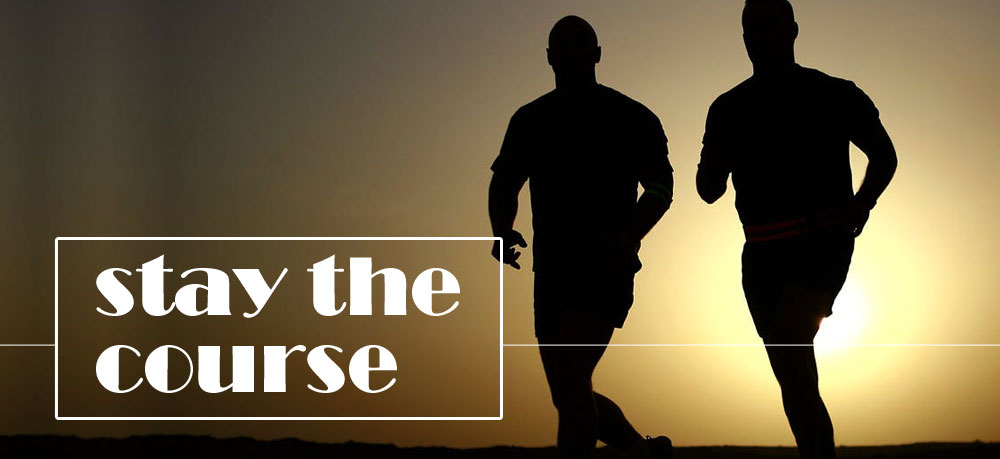

 In a world that has been bombarded with a barrage of sugary and processed food, it seems as if we have become hard wired to crave refined sugar over the alternatively more healthy foods. From the time I was a little girl, I remember scaling the counters in my mother’s kitchen as if magnetically drawn to the tin of cookies she kept hidden and out of sight. In a way, sugar does have a sense of power over us. Like a drug, it stimulates the release of dopamine in your brain which causes you to feel pleasure. Like everyone else with an insatiable sweet tooth, no matter how many candy bars, scones, or scoops of ice cream I’ve consumed over the years, the only thing that sugar has done for me (other than making me feel bad soon after I eat it) is leave me craving more. It wasn’t until my physical last year, when my doctor voiced his concern about my rising weight and blood sugar, that I decided to kick my sugar addiction to the curb for good. Surprisingly, the journey to less sugar and better health wasn’t nearly as difficult as I had imagined. The increased energy, weight loss, and overall health I gained far outweighed the loss of the sugary laden treats I said goodbye to.
In a world that has been bombarded with a barrage of sugary and processed food, it seems as if we have become hard wired to crave refined sugar over the alternatively more healthy foods. From the time I was a little girl, I remember scaling the counters in my mother’s kitchen as if magnetically drawn to the tin of cookies she kept hidden and out of sight. In a way, sugar does have a sense of power over us. Like a drug, it stimulates the release of dopamine in your brain which causes you to feel pleasure. Like everyone else with an insatiable sweet tooth, no matter how many candy bars, scones, or scoops of ice cream I’ve consumed over the years, the only thing that sugar has done for me (other than making me feel bad soon after I eat it) is leave me craving more. It wasn’t until my physical last year, when my doctor voiced his concern about my rising weight and blood sugar, that I decided to kick my sugar addiction to the curb for good. Surprisingly, the journey to less sugar and better health wasn’t nearly as difficult as I had imagined. The increased energy, weight loss, and overall health I gained far outweighed the loss of the sugary laden treats I said goodbye to. While processed sweets fill you with empty calories, nature’s own dessert offers loads of nutrition with each bite. Containers of fresh fruit such as blueberries and strawberries line the shelves of my refrigerator, already washed and easy to grab. Dried fruit, without the added sugar, is a snack I keep in my purse and in the glove box of my car. Raisins, dried mango, even prunes have become a regular part of my grab and go snack arsenal. I like making sure that I always have a healthy option to turn to when I’m suddenly really hungry or craving something sweet. One of my favorite “treats” when it comes to fruit is experimenting with different kinds of smoothies. The best part about consuming fruit is that you not only satisfy your sweet tooth, you feel good afterwards!
While processed sweets fill you with empty calories, nature’s own dessert offers loads of nutrition with each bite. Containers of fresh fruit such as blueberries and strawberries line the shelves of my refrigerator, already washed and easy to grab. Dried fruit, without the added sugar, is a snack I keep in my purse and in the glove box of my car. Raisins, dried mango, even prunes have become a regular part of my grab and go snack arsenal. I like making sure that I always have a healthy option to turn to when I’m suddenly really hungry or craving something sweet. One of my favorite “treats” when it comes to fruit is experimenting with different kinds of smoothies. The best part about consuming fruit is that you not only satisfy your sweet tooth, you feel good afterwards!